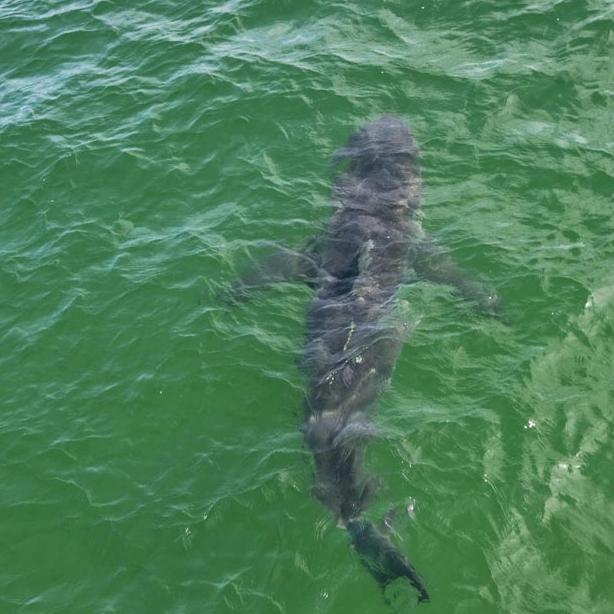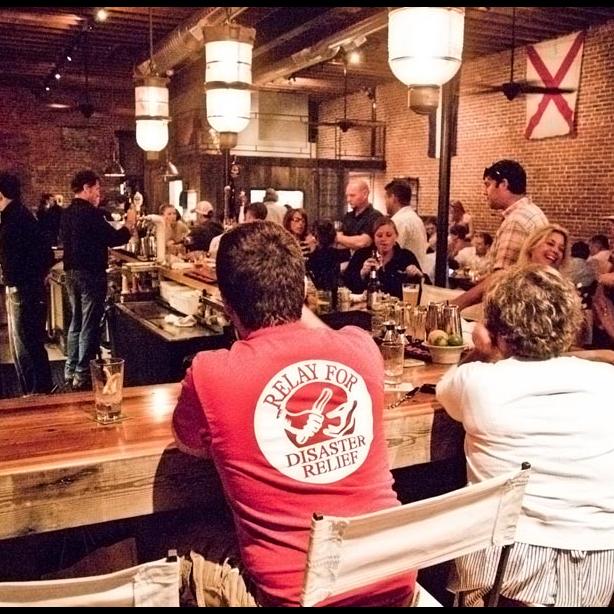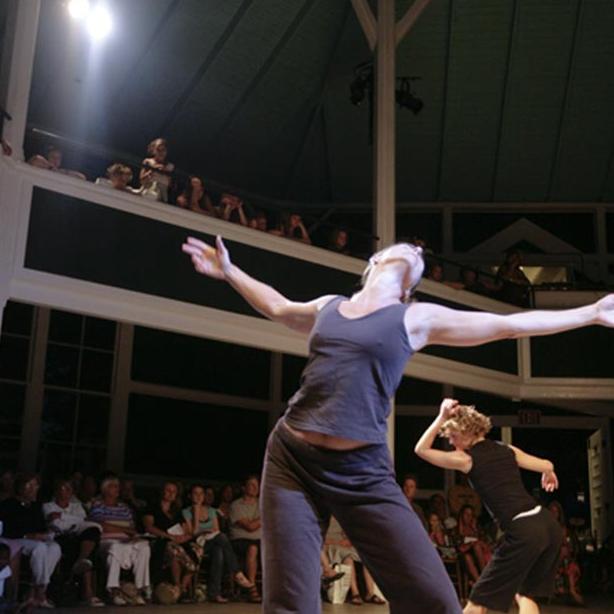Time Machine Terms
August 9, 2012
Island Health Care Issue is Two-Tiered
Just like the rest of America, health care on Martha’s Vineyard is in trouble — too often fragmented, unsafe, variable, hard to access and far too costly. Poor system designs are the cause, designs sustained by a fee-for-service payment system that pays for volume (how much you do), not value (how well the patient does). Doctors, nurses, other clinicians, staff, and managers do their very best to help, but they are often fighting upstream against systems that make their work harder.
August 9, 2012
Recent Surge in Shark Sightings Belies Their Dramatic Declines
The July 30 shark attack at Ballston Beach in Truro has focused national attention on the seasonal occurrence of white sharks in waters close to Cape Cod and Island beaches. White sharks are no strangers to residents here; I certainly won’t forget kayaking with friends to see a female white shark trapped in a coastal pond on Naushon island in September 2004. There seems little doubt that we have witnessed more white sharks in areas frequented by swimmers along the eastern shore of the Cape over the past few years.
August 9, 2012
Heroes With No Health Care
They served our country in foreign wars on land, air and sea, some in the Pacific and European theatres of World War II, others in Korea, Viet Nam, Iraq and Afghanistan. They have returned home to the Island, some many long years ago, others more recently, to live as civilians with jobs and families, their war experiences quietly and indelibly stamped onto their lives. Other Americans thank them for their service and the United States government rewards them with some benefits, including health care.
August 9, 2012
Worthy Causes
The brief season of summer fundraising is almost over. Island nonprofits that rely on part-time residents to subsidize shrinking budgets are tallying up their take from an almost dizzying succession of cocktail parties, dinner dances and auctions, silent and otherwise, and taking stock of what it means for the year ahead.
August 9, 2012
August Skies
Sunsets this week have been especially spectacular, making late in the day a must time to venture outdoors or just stand at the window and gaze deeply to the west, as dark shades of pink, orange, red and gold flood the low edge of the horizon beneath wide blue sky streaked and dabbed with white clouds. And just when you think it has ended, there is an encore, as light and colors grow more intense, illuminating the landscape below like a richly-painted oil on canvas that has sprung to life.
August 9, 2012
Oak Bluffs Art Stroll
Oak Bluffs Art Stroll
On Saturday, August 11, this month’s Arts District Stroll in Oak Bluffs takes place. The stroll is from 4 to 7 p.m. and is an opportunity to check out all of the galleries along Dukes County avenue as they roll out the welcome mat, not to mention snacks and drinks.
The Alison Shaw Gallery is hanging a show full of brand-new work as well as celebrating The Chappy Ferry Book by author Tom Dunlop with photographs by Alison Shaw.
August 9, 2012
Port Hunter Is Latest Addition To Edgartown Restaurant Row
A few days after hanging the Port Hunter sign on Main street in Edgartown, new restaurateurs Patrick and Ted Courtney received a visit from an old-timer. The man showed the brothers numerous old photos of the space including one that featured the front of the brick building and a sign mounted on steel with white lettering which spelled out First National. The sign was almost identical to their new sign, down to the font size and style.
“It kind of came back around... It was nice,” Ted said. “We felt like we were doing the right thing.”
August 9, 2012
Seafood Throwdown
The Vineyard is getting set for its own Seafood Throwdown to take place at the West Tisbury Farmers’ Market this Saturday, August 11, beginning at 9:30 a.m.
The competition is basic in its demands: two chefs are let loose on the farmers’ market, able to use anything they find on the premises, with one required ingredient to be revealed at the time of the competition. They create a meal on the spot and then at 11:30 the judges taste the results and declare the winner.
August 9, 2012
Built on Stilts Calls Them All
It all begins with the drum circle. At first it’s just a few folks sitting behind their drums, striking the beat ever so softly. But the scene is being set at Union Chapel in Oak Bluffs and quickly it begins to build as the audience streams in, no need for money or tickets, not on this night.
August 9, 2012
Waxing Artistic
Some of the earliest encaustic wax painters were probably the Greeks, who used the technique to fill in cracks in the hulls of their ships and to decorate their walls with murals.
Today, artists such as Debra M. Gaines still practice the art of encaustic painting, a process whereby beeswax is melted and pigment is introduced into the mixture. Ms. Gaines will be conducting an encaustic painting demonstration at the Louisa Gould Gallery, 54 Main street, Vineyard Haven on Monday, August 13, at 6 p.m.





